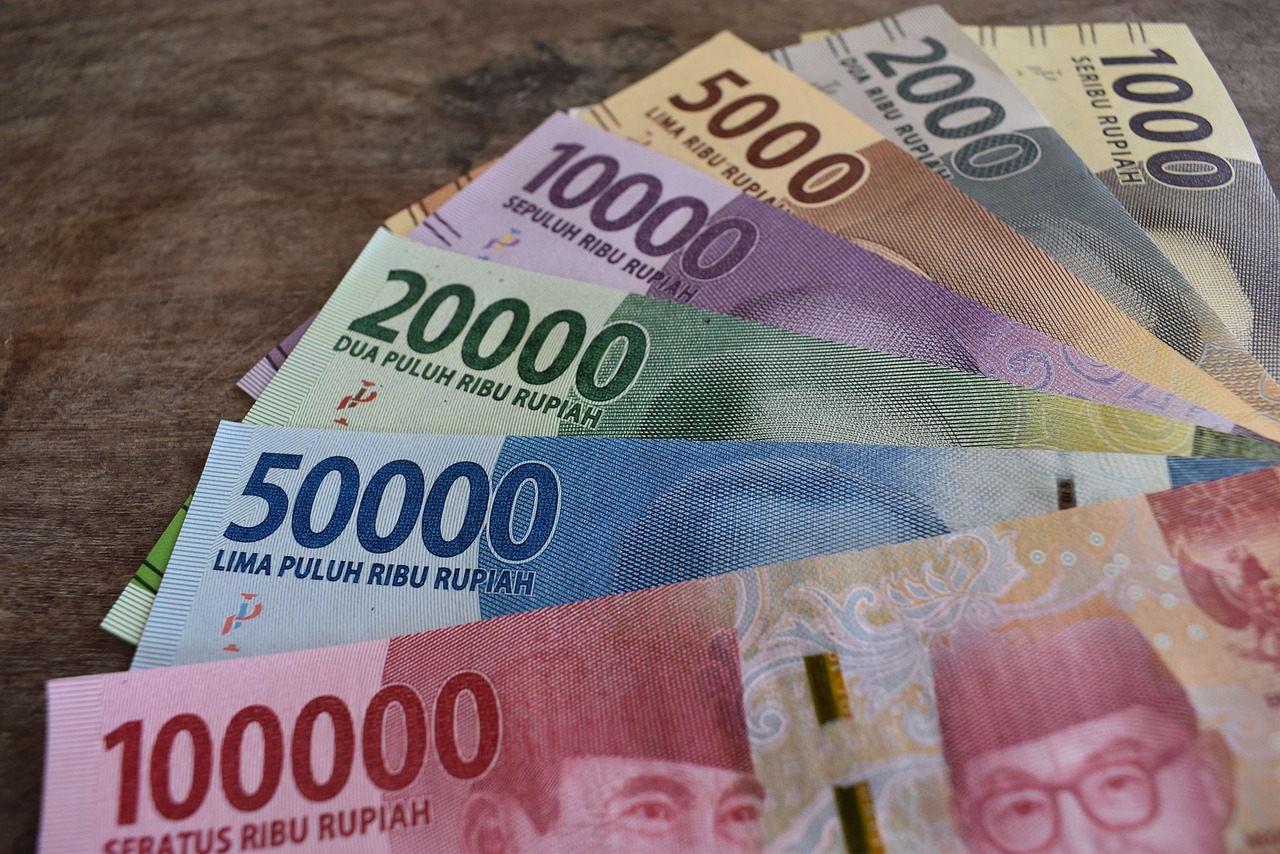Unlocking the Secrets: International Money Transfer Processes and Regulations Explained - Your Guide to Safe and Secure Transfers
GPT_Global - 2024-05-01 15:30:12.0 554
How long does it typically take for an international money transfer to reach its destination?
Sending and receiving money across borders has become easier than ever with the rise of international money transfer services. Whether you need to send money to family overseas, pay for goods or services, or conduct business, a reliable and efficient remittance service is essential. But one question that often arises is how long does it take for an international money transfer to reach its destination?
The answer to this question may vary depending on which provider you choose, the destination country, and the method of transfer. Generally, a standard international money transfer can take anywhere from 1-5 business days to reach its destination. However, some remittance companies offer faster options for an additional fee.
One factor that affects the speed of an international money transfer is the chosen payment method. Bank transfers or wire transfers tend to take longer compared to using a debit or credit card, as they involve multiple intermediary banks and routing processes. Additionally, the processing time may also depend on the working hours of the recipient's bank and any potential delays caused by public holidays or weekends.
Another crucial factor that affects the speed of an international money transfer is the destination country. Some countries have more efficient banking systems and faster payment processing times, while others may have slower processes, resulting in longer delivery times. This is something to consider when choosing a remittance service and estimating the arrival of your funds.
Lastly, the remittance provider you choose can also play a significant role in how long it takes for your money to reach its destination. Different companies have varying processing times and fees, so it's essential to research and compare before making a decision. Some providers may also offer tracking services so you can monitor the progress of your transfer and estimate its arrival time.
In conclusion, the time it takes for an international money transfer to reach its destination depends on several factors, including payment method, destination country, and remittance provider. It's wise to plan in advance and choose a trusted and reliable service to ensure your funds arrive safely and on time.

Are there any government regulations or restrictions for international money transfers?
When it comes to international money transfers, there are indeed government regulations and restrictions that businesses in the remittance industry must adhere to. These regulations are in place to ensure the safety and security of these transactions, as well as to prevent money laundering and other illegal activities.
One such regulation is the Bank Secrecy Act (BSA), which requires financial institutions to report any transactions over $10,000 to the Financial Crimes Enforcement Network (FinCEN). This helps to track and monitor large cash movements and identify potential suspicious activity.
Additionally, the USA PATRIOT Act has placed stricter measures on international money transfers in order to combat terrorist financing. This includes requiring remittance businesses to have anti-money laundering programs in place and to verify the identity of their customers.
Other government regulations for international money transfers can vary depending on the country or region. For example, the European Union has implemented the Payment Services Directive (PSD) which regulates payment services and electronic money transfers within the EU.
Furthermore, certain countries may also have restrictions on the amount of money that can be transferred in and out of the country, as well as specific reporting requirements for international transactions.
It is important for businesses in the remittance industry to stay updated on these regulations and to comply with them in order to avoid penalties and maintain the trust of their customers. This not only ensures the integrity of the business, but also contributes to the overall stability of the global financial system.
Can I track my international money transfer to ensure its delivery?
Tracking your international money transfer is an essential part of ensuring its timely and secure delivery. As a customer of a remittance business, it's natural to want to know the status of your transaction to give you peace of mind and track its progress. Fortunately, most remittance companies offer some form of tracking for your transfer.
Firstly, when choosing a remittance service provider, it's essential to select one that offers tracking as part of their service. This feature will allow you to monitor your transfer's journey from start to finish. You can usually access the tracking feature through the company's website or mobile app.
Once your transfer is initiated, you will receive a unique tracking number or code. This information is crucial as it will be your reference to track the status of your transaction. You can use this code to check the progress of your transfer on the company's website or app.
Using the tracking feature, you can see when your money has been collected by the recipient, providing you with peace of mind that your funds have reached their destination. It also allows you to confirm the exchange rate and fees charged by the company were accurate and transparent.
Some remittance businesses also offer notification alerts to keep you updated on your transfer's progress. These notifications can be sent via email, SMS, or push notifications through the company's app. This feature is helpful, especially if you're sending money for urgent purposes.
In conclusion, tracking your international money transfer is crucial in ensuring its efficient and secure delivery. It allows you to monitor the progress of your transaction and gives you peace of mind that your funds have reached the intended recipient. When choosing a remittance service provider, make sure to consider those that offer a reliable and transparent tracking feature.
What happens if my international money transfer is not received by the recipient?
Sending money internationally has become a common practice in today's global economy. Whether you are supporting family members living abroad or doing business with clients in foreign countries, international money transfers (also known as remittances) make it possible to transfer funds quickly and securely. However, what happens if your international money transfer is not received by the intended recipient?
First and foremost, it is important to understand that there are various factors that can cause a delay or failure in receiving an international money transfer. One of the main reasons is incorrect recipient information. It is crucial that you have the accurate and complete details of the recipient, including their name, address, and bank account information. A simple error in any of these details can result in the transfer being rejected or delayed. Therefore, always double-check the information before initiating the transfer.
Another reason for a failed or delayed transfer is issues with the recipient's financial institution. While most banks and money transfer companies have partnerships and networks to facilitate international transfers, there may be instances where the recipient's bank does not support the specific currency or country in which the transfer is being made. This can lead to complications and delays in receiving the funds.
In some cases, the hold-up may be due to compliance and regulatory requirements. Anti-money laundering laws and regulations require financial institutions to thoroughly screen and verify international transactions to prevent illegal activities. If the sender or recipient's details trigger red flags during this process, the transfer may be put on hold until additional verification is obtained. This can take time and result in a delayed transfer.
If your international money transfer is not received by the recipient within the expected timeframe, the first step is to contact the sender and confirm the details of the transfer. If everything appears to be correct, then the next step would be to contact the service provider or bank to inquire about the status of the transfer. They may be able to provide information on any hold-ups or errors that may have occurred. In some cases, the sender may need to initiate a recall of the funds and resend the transfer with updated or corrected information.
In conclusion, while delays or failures in receiving international money transfers can be frustrating, they are not uncommon. It is important to ensure that all recipient information is accurate and to communicate with the sender and service provider if there are any issues. By doing so, you can increase the chances of a successful transfer and have peace of mind knowing that your money will reach its intended destination.
Can I cancel an international money transfer after it has been initiated?
Yes, it is possible to cancel an international money transfer after it has been initiated, but the process can be quite complicated and may result in additional fees or delays. In order to cancel a transfer, you will need to contact your remittance service provider as soon as possible with the details of the transaction. It is important to note that the ability to cancel a transfer varies between different providers and may not be available for all transactions.
If you are able to cancel the transfer, your remittance service provider may charge a cancellation fee and the amount of time it takes to receive the refunded money will depend on the country and currency involved. Additionally, if the money has already been received by the recipient, it may not be possible to cancel the transfer at all.
If your transfer cannot be cancelled, your remittance service provider may be able to initiate a recall request to try and retrieve the funds from the recipient's bank. However, this process can take several days and is not guaranteed to be successful. It is important to carefully consider the consequences and potential costs before initiating a recall request.
If you wish to avoid the possibility of having to cancel an international money transfer, it is best to double check all details before submitting the transaction and only use trusted and reliable remittance service providers. This will help ensure that your transfer is successful and without any complications.
About Panda Remit
Panda Remit is committed to providing global users with more convenient, safe, reliable, and affordable online cross-border remittance services。
International remittance services from more than 30 countries/regions around the world are now available: including Japan, Hong Kong, Europe, the United States, Australia, and other markets, and are recognized and trusted by millions of users around the world.
Visit Panda Remit Official Website or Download PandaRemit App, to learn more about remittance info.


